Restorative Dental Services
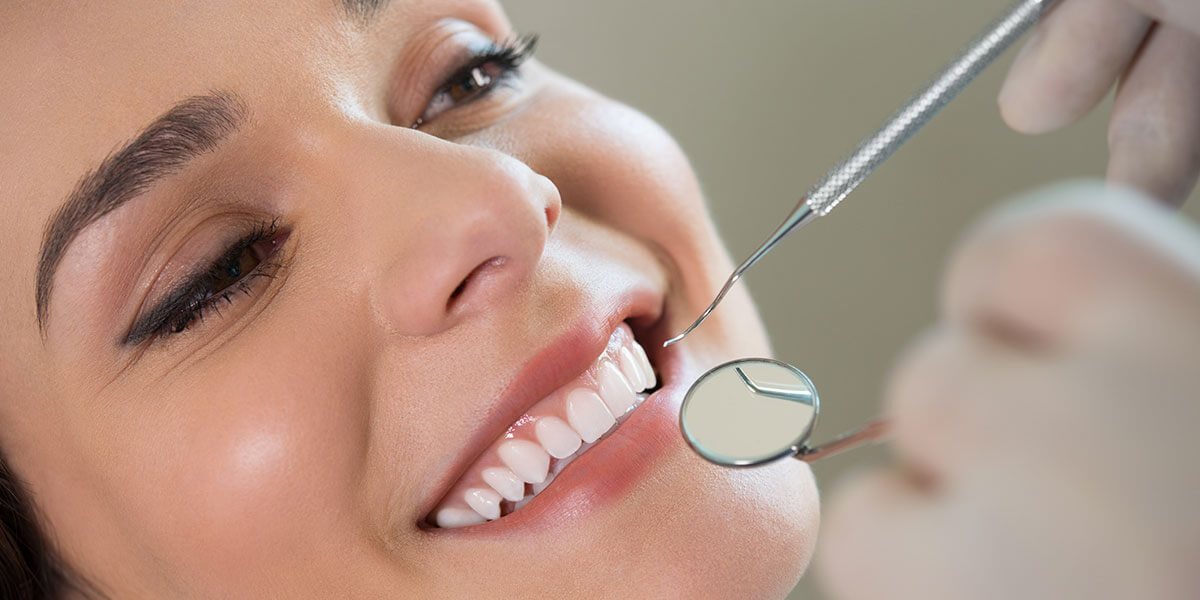
The right restorative procedures at the right time can reduce the need for additional dental work in the future.
Restorative procedures help protect both oral health and overall health while improving the appearance of the patient’s smile. Being able to properly chew food and having correct bite alignment affect a patient's health in ways that go beyond just a smile.
The Biomimetic Approach
Biomimetic Dentistry is defined as the reconstruction of teeth to emulate their natural biomechanical and esthetic form and function. Simply put, biomimetic dentistry means to copy what is life-like. With biomimetic dentistry, only the damaged and decayed part of the tooth is removed and the final restoration is bonded to the remaining healthy natural tooth structure. Biomimetic restorations include stress-reduced direct composite restorations and porcelain/composite inlays and onlays that restore the biomechanics of broken and damaged teeth.
When restoring damaged, broken, and decayed teeth, the goal is to return the tooth to its original strength, function, and esthetic. Biomimetic dentistry accomplishes all of this in a conservative approach with strong and attractive results.
Composite Fillings or Tooth Colored Fillings
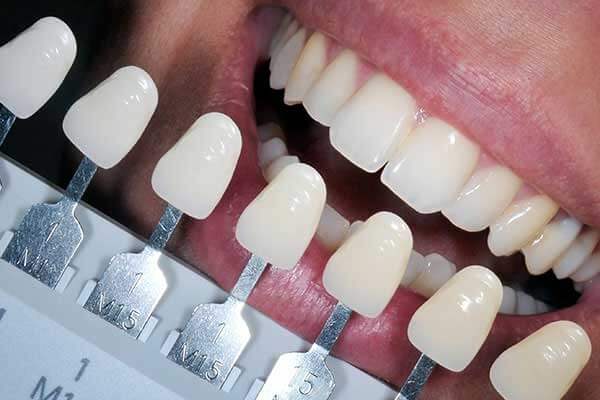
Composite or tooth-colored restorations can be used to repair a tooth that may have been affected by decay, cracks or fractures. They can also be used to change the shape of a tooth, to fill spaces, or to cover a worn tooth or exposed root surface.
Once the decay is removed, the tooth is filled with a composite material which is then cured using a specialized light to harden the material. Composite fillings can be done in one visit.
Inlays and Onlays
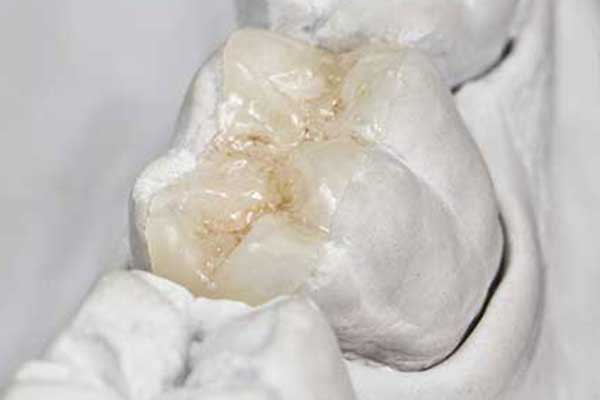
An inlay or onlay is a partial crown restoration that can be placed when there is not sufficient tooth structure to support a filling but enough tooth structure left that a full crown is not needed. Inlays/onlays are made of porcelain or gold, and they aesthetically and functionally replace the missing tooth structure.
Crowns
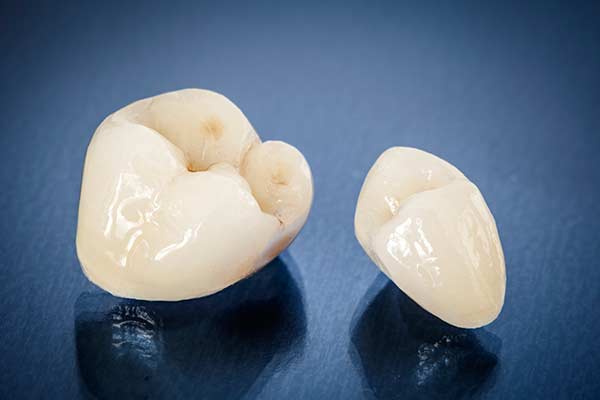
Crowns are dental restorations that are used as a covering for your teeth to restore damage and prevent further deterioration to teeth that are heavily restored with filling material. The crown provides strength and protection for your teeth that cannot be provided by other forms of dental restoration such as bonding.
Dental Bridges
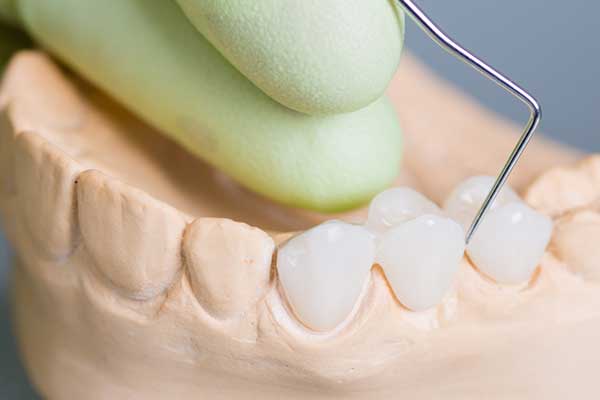
A Bridge is constructed in the same manner as a crown and attached permanently to your teeth to replace one or more missing teeth. The bridge can also match your existing dentition, but it does require the support from sound teeth that are next to those that are missing. These teeth end up connected which can make hygiene a challenge.
For multiple missing teeth, an implant may be used to anchor the bridge.
Implant Restorations
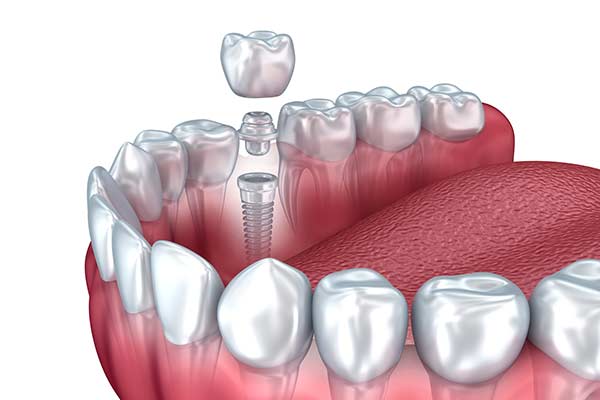
A dental implant is simply a screw made of biocompatible titanium that can be placed in bone to help support one or more missing teeth. This medical device is surgically positioned and allowed to integrate or ‘fuse’ to bone for several months before the final restoration is made. The timing is patient-specific based on the quality of bone at the implant site and the need for grafting bone.
Dentures
Dentures are a replacement for missing teeth and gums that a patient must insert and remove from the mouth. The type of denture can vary from a complete denture that is necessary for someone missing all of their teeth to a partial denture, where only one or a few teeth missing.
There are several different types of dentures:
- Full or Partial
- Removable or Fixed
- Traditional or Implant-Supported